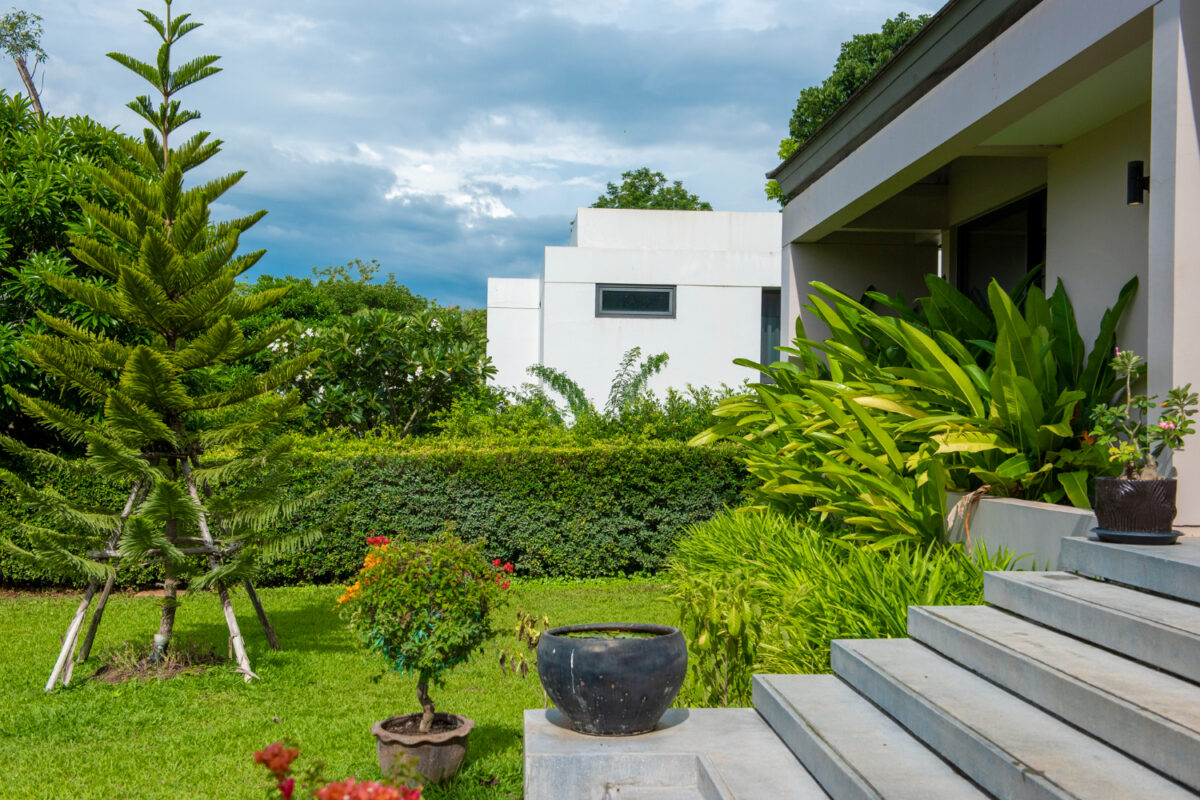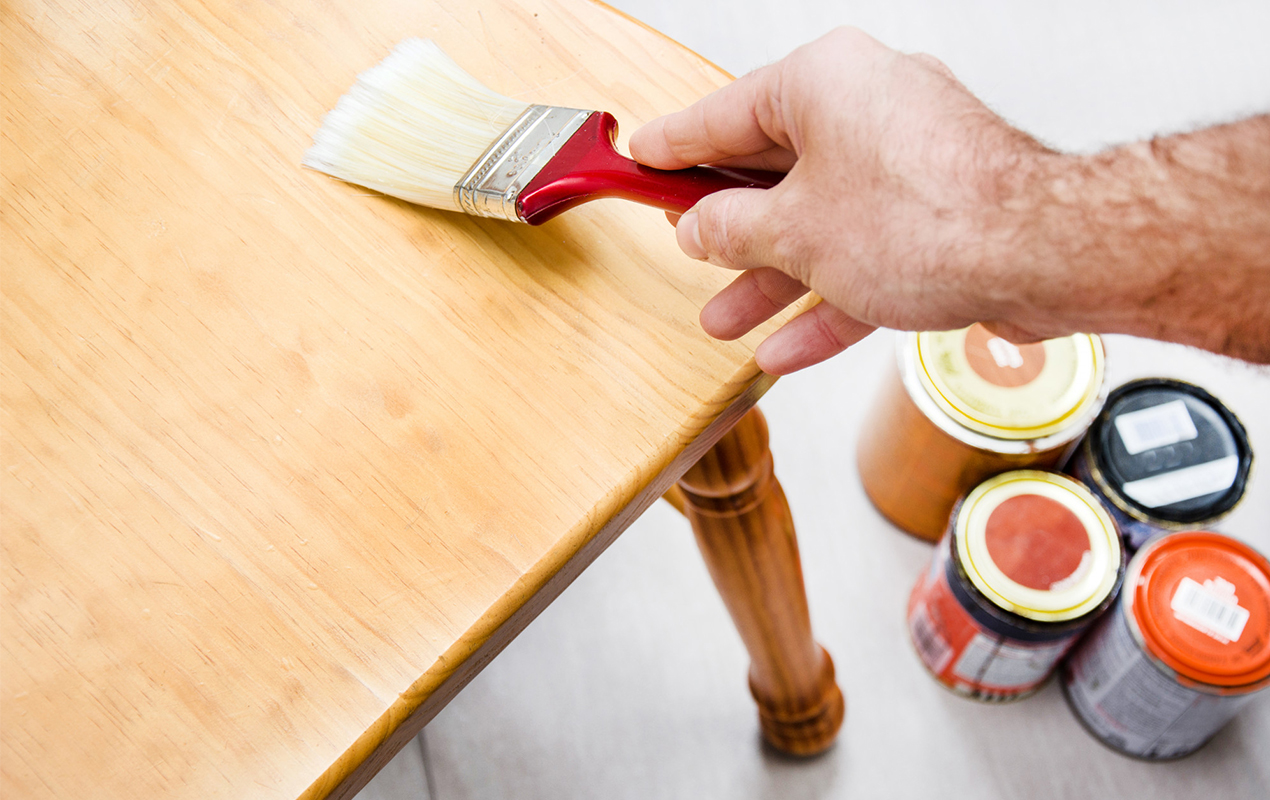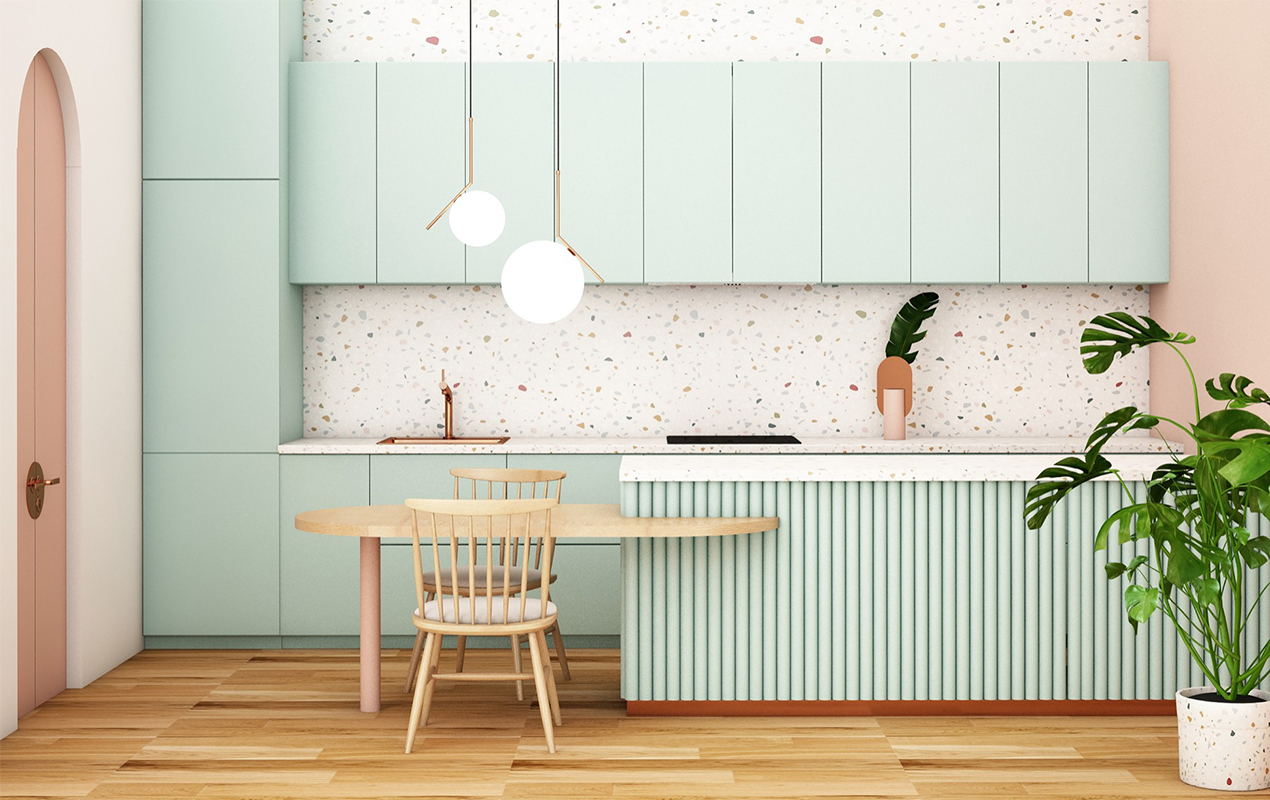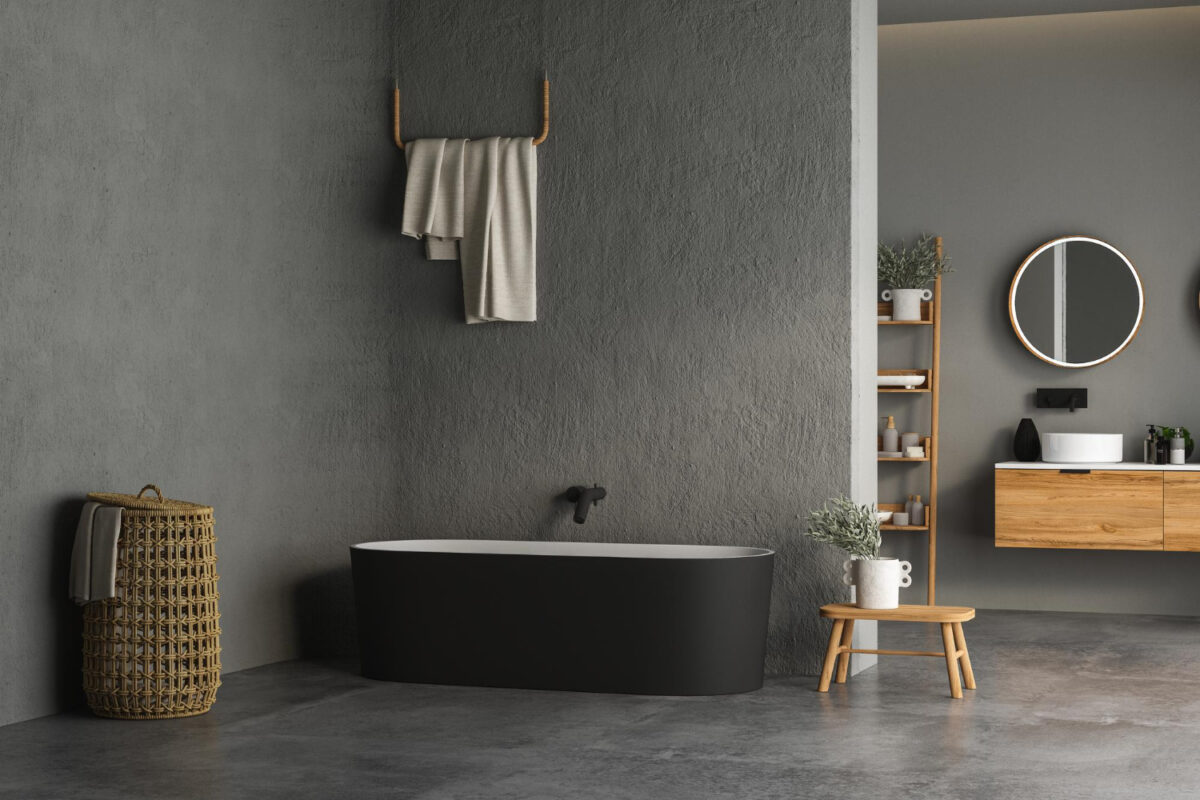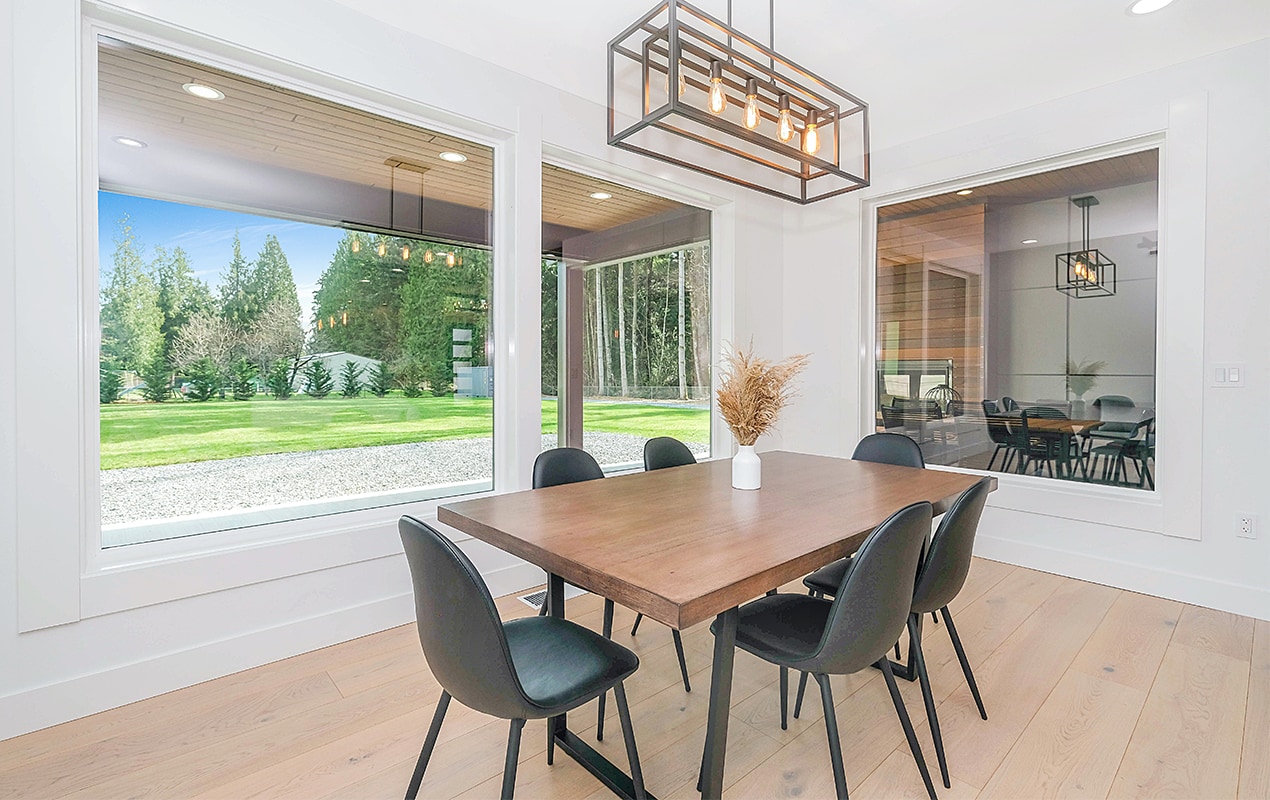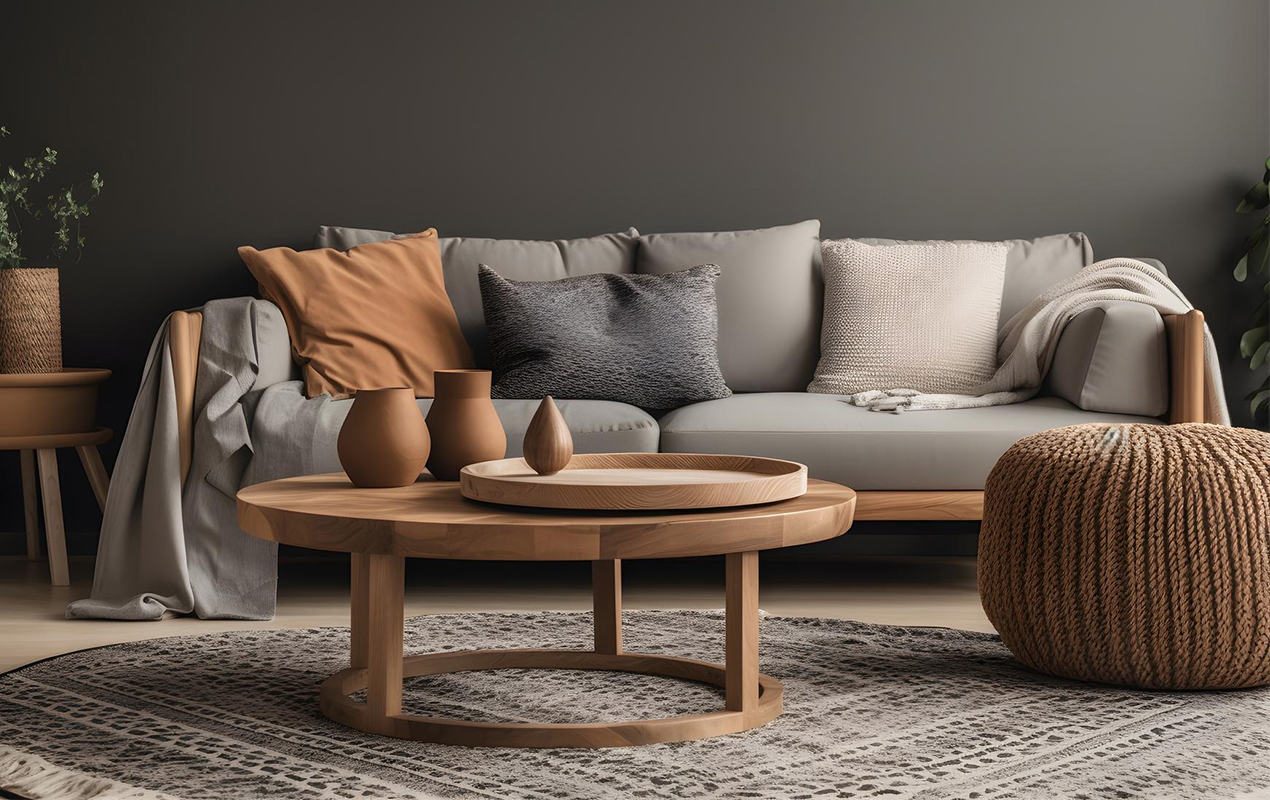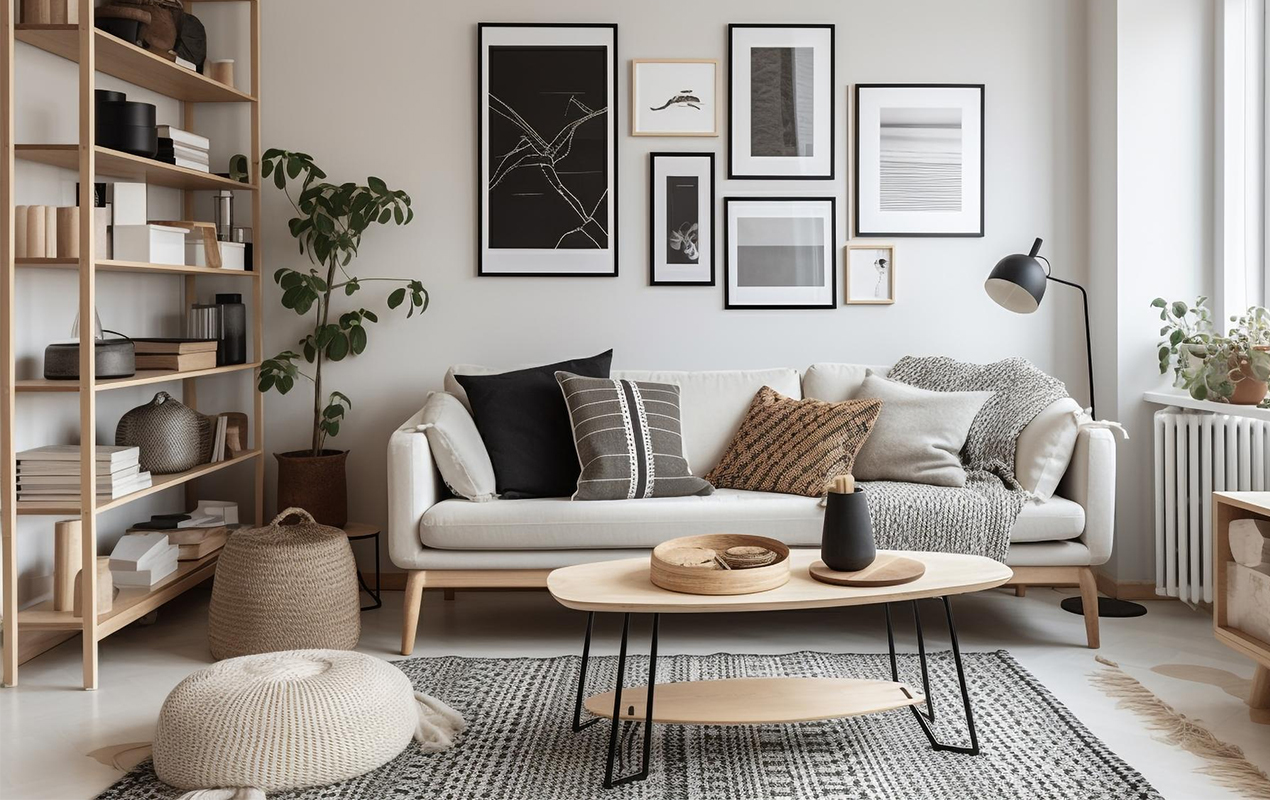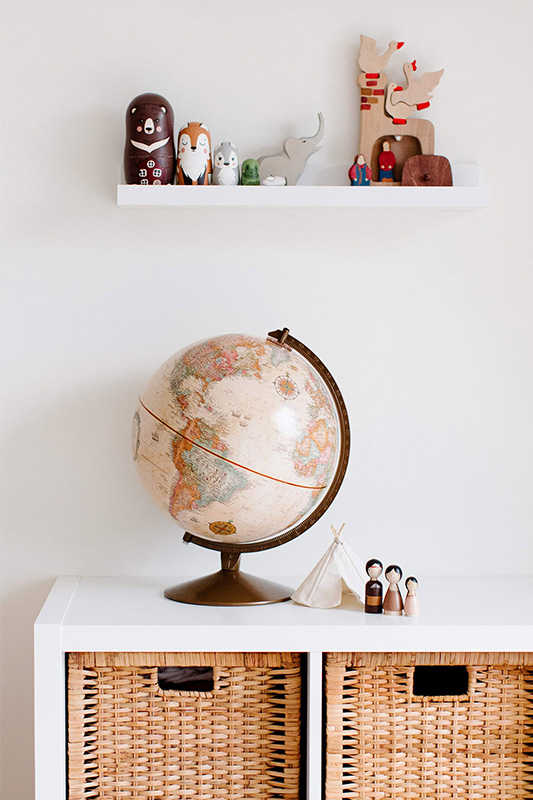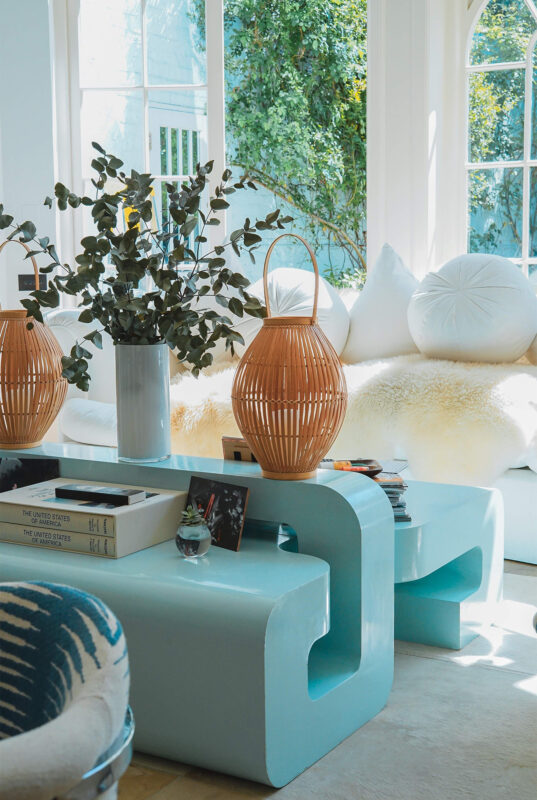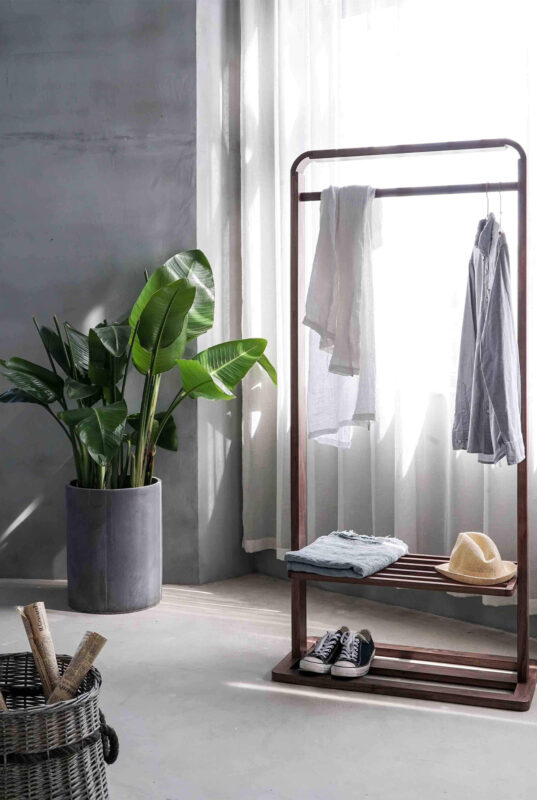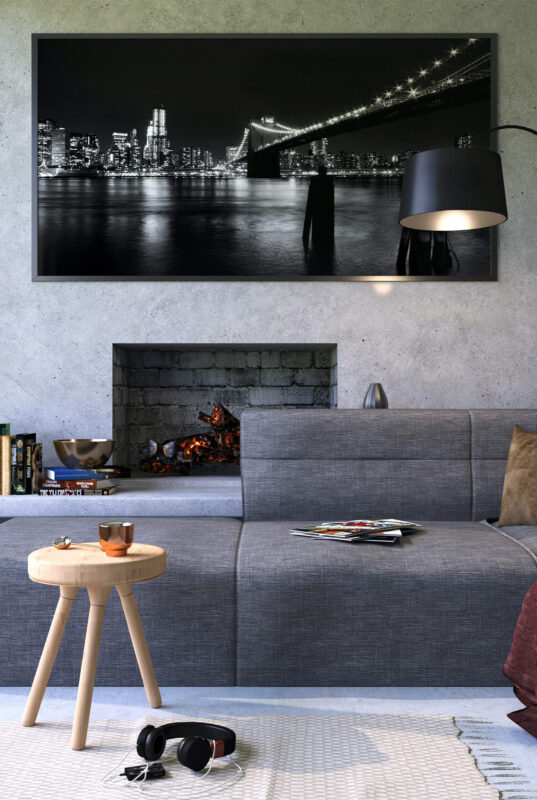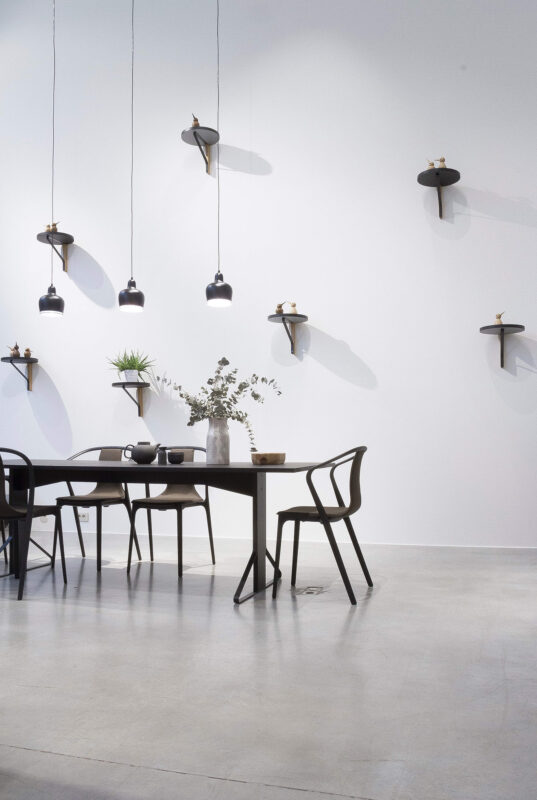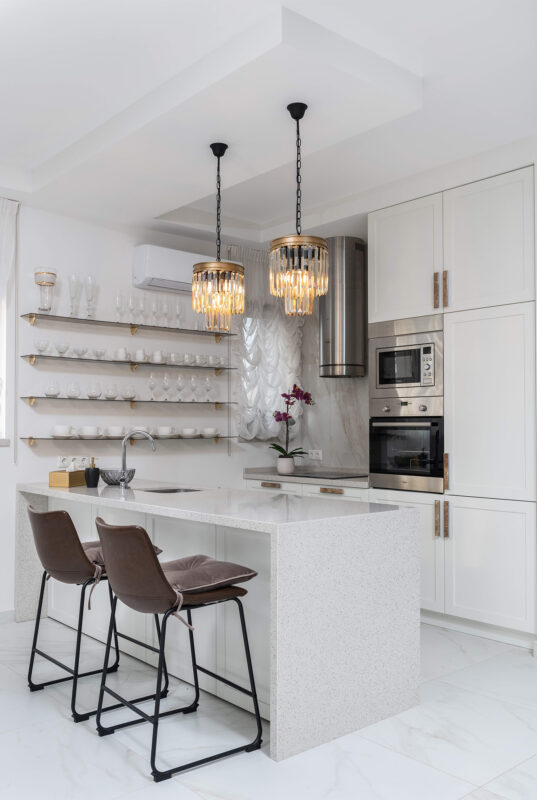Blog
Illuminate Your Home: Outdoor Lighting for Curb Appeal & Function
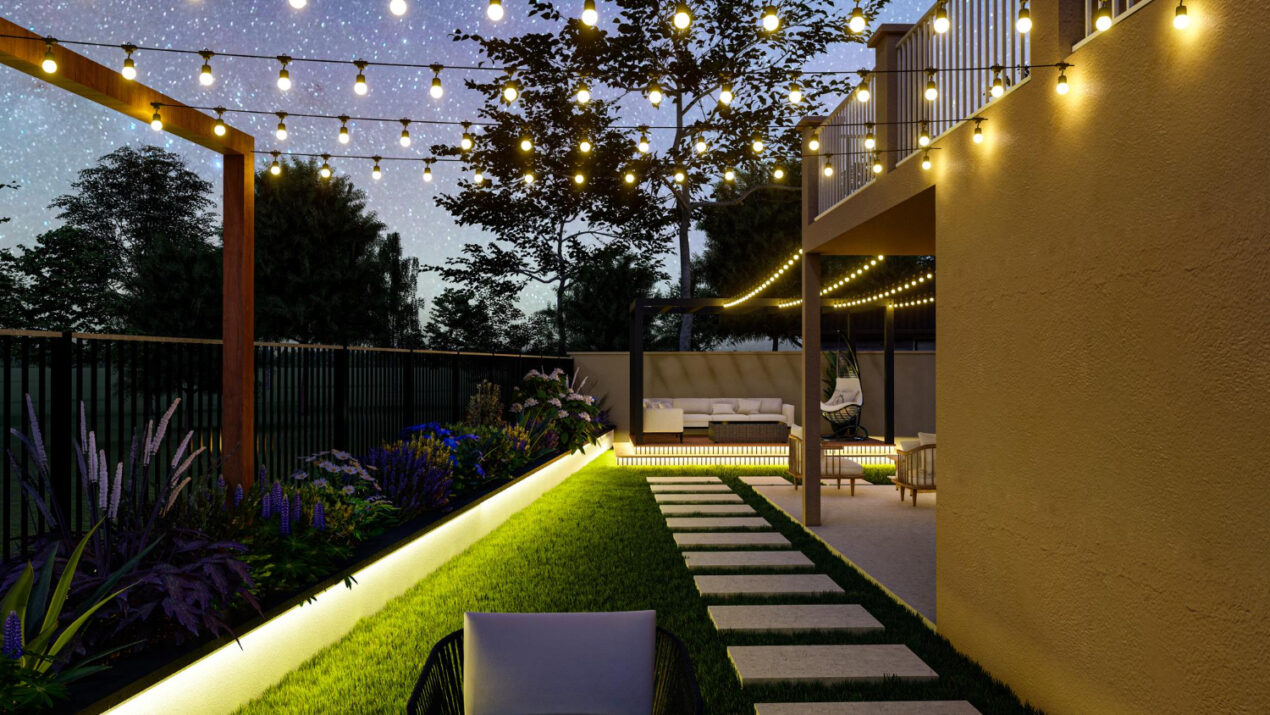
Choosing the right outdoor lighting for your home goes beyond aesthetic appeal; it is critical to home safety and functionality. Quality lighting can transform the appearance of your property, highlighting architectural features and landscaping while deterring potential intruders.
Additionally, it ensures safe navigation for families and guests by illuminating pathways, steps, and entrances. This guide aims to explore the various types of outdoor lighting available, offering insights into how each can enhance the beauty, safety, and usability of your outdoor spaces.
Types of Outdoor Lighting
There are a variety of lighting options available, each with its unique purpose and benefits. Some common types of lighting include:
- Floodlights: These powerful lights provide broad, intense beams illuminating large areas such as driveways and yards.
- Wall lights: As the name suggests, these lights are attached to walls and can be used for general illumination or accent lighting.
- Path lights: These are ideal for illuminating walkways, stairs, and gardens. They come in various designs and are usually low-voltage for energy efficiency.
- Spotlights: Designed for highlighting specific features, spotlights create a strong beam of light that can draw attention to trees, fountains, and other outdoor elements.
- String lights: These are a popular choice for creating a cozy atmosphere in outdoor spaces. They consist of small bulbs connected by strings and can be hung across patios, porches, or trees.
Factors to Consider When Choosing Outdoor Lighting
When selecting lighting for your home, it is crucial to consider several factors to ensure you make the right choice. These include:
- Functionality: Consider the purpose of each lighting fixture and how it will enhance the functionality of your outdoor spaces.
- Efficiency: Choose energy-efficient options, such as LED lights, to reduce your electricity costs and carbon footprint.
- Durability: Outdoor lighting is exposed to harsh weather conditions, so choose fixtures of durable materials that can withstand the elements.
- Style: Lighting fixtures should complement your home’s architectural style and blend seamlessly with your landscape design.
Tips for Installing Outdoor Lighting
Proper installation ensures your lighting looks good and functions effectively. Here are some tips to keep in mind when installing lighting:
- Placement: Consider the best placement for each lighting fixture, considering functionality and aesthetics.
- Directionality: Be mindful of the direction in which your lights are facing. For example, avoid having bright lights directly on your neighbors’ windows.
- Wiring: If you are not experienced in electrical work, hiring a professional to install your lighting is best to ensure safe and proper wiring.
- Maintenance: Regularly check and clean your lighting fixtures to ensure they are functioning correctly and not covered in dirt or debris.
The Difference Between Outdoor and Indoor Lights
- Weather Resistance: Outdoor lights are designed to withstand elements like rain, snow, and extreme temperatures, unlike indoor lights, which are not made to endure harsh weather conditions. This means materials, coatings, and sealing methods for outdoor lights are specifically chosen for their durability and resistance.
- Brightness and Range: Generally, outdoor lighting is brighter and covers a wider area to illuminate large spaces effectively. This contrasts with indoor lighting, often softer and focused on smaller areas to create a comfortable living environment.
- Safety Specifications: Outdoor lights must adhere to higher safety standards due to their exposure to wet conditions. They are typically rated by the International Protection Marking (IP code), indicating their level of protection against solids and liquids. Indoor lights, however, do not usually require these waterproof or water-resistant ratings.
- Design and Aesthetics: While indoor and outdoor lighting come in various styles, lighting complements exterior architectural features and landscaping. In contrast, indoor lighting enhances interior design elements and provides functional activity illumination.
- Mounting and Installation: Outdoor lighting solutions often involve different mounting options and materials to secure them against wind and weather, such as heavier bases for standalone lamps or reinforced mounting for wall lights. Indoor lighting arrangements typically do not need these considerations and offer more straightforward installation processes.
- Material Durability: The materials used in lighting, like stainless steel, copper, and treated plastics, are chosen for their ability to resist corrosion and fading. Indoor lighting materials, while varied, do not need to withstand outdoor conditions and thus can include a wider range of materials, including more delicate fabrics and finishes.
Frequently Asked Questions
What is the difference between solar and wired lighting?
Solar lights are powered by sunlight, making them energy-efficient and easy to install without wiring. However, they may not be as bright or reliable as wired lights, which require a power source but provide more consistent and powerful illumination.
How do I choose the right color temperature for my lighting?
The color temperature of outdoor lighting can affect the atmosphere and mood of your outdoor spaces. A warm color temperature (2700-3000K) creates a cozy, inviting ambiance, while a cooler temperature (4000-5000K) is more energizing and suitable for task lighting.
Can I install outdoor lights myself?
While some types of outdoor lighting may seem simple to install, it’s always best to consult a professional, especially when dealing with electricity. A professional lighting company will ensure proper and safe installation and avoid any potential hazards or future issues.
Final Thoughts
Lighting serves functional and aesthetic purposes, making it an essential element in any outdoor space. By considering factors such as functionality, efficiency, durability, and style when choosing and installing lighting, you can create a beautiful, well-lit outdoor area that enhances your home’s overall look and feel. Remember to consult a professional for proper installation and maintenance to ensure your outdoor lighting functions effectively and safely for years.

